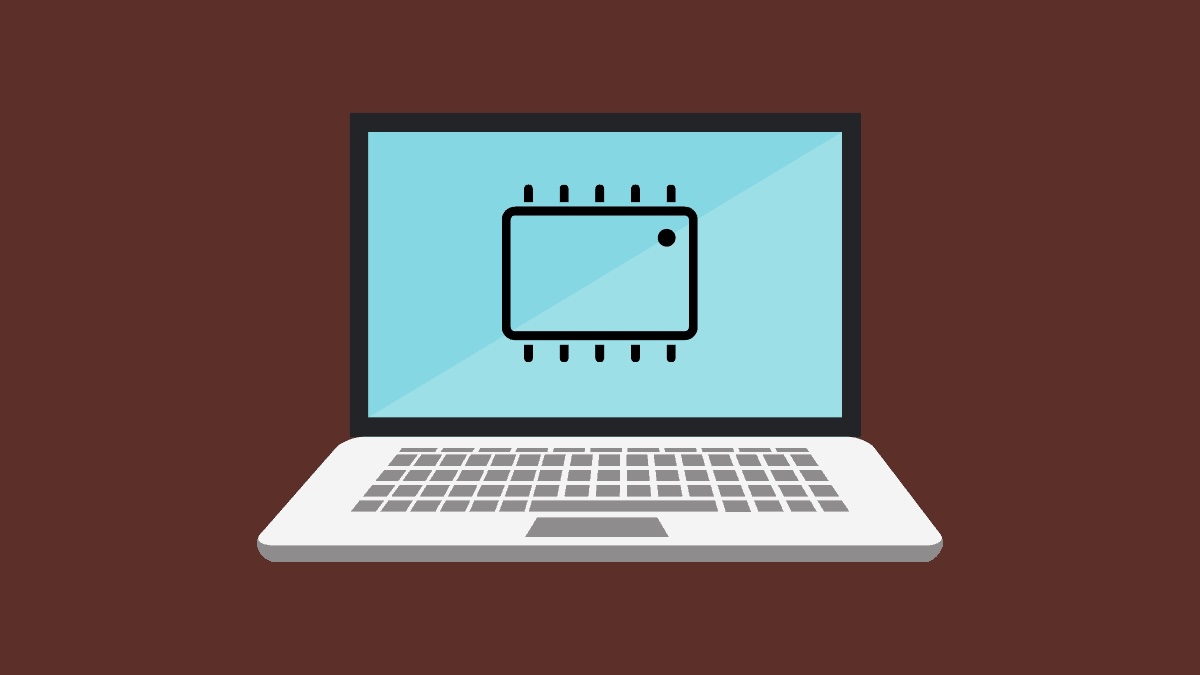
What is BIOS setup? BIOS setup, short for Basic Input/Output System setup, is a firmware interface that initializes and tests your computer's hardware before the operating system takes over. Why is BIOS setup important? It allows users to configure hardware settings, manage system time, and control boot order, ensuring your machine runs smoothly. How do you access BIOS setup? Typically, pressing a specific key like F2, Del, or Esc during startup gets you into the BIOS menu. What can you do in BIOS setup? You can adjust CPU settings, enable or disable hardware components, and even set passwords for added security. Understanding BIOS setup can help you troubleshoot issues and optimize performance.
What is BIOS?
BIOS stands for Basic Input/Output System. It's a crucial piece of software stored on a small memory chip on the motherboard. BIOS helps your computer start up and manages data flow between the operating system and attached devices.
- BIOS is the first software to run when you power on your computer.
- It initializes and tests the system hardware components.
- BIOS provides runtime services for operating systems and programs.
- The term BIOS was first coined by Gary Kildall in 1975.
Functions of BIOS
BIOS performs several essential functions that ensure your computer operates smoothly. These tasks range from hardware initialization to providing a user interface for system settings.
- BIOS checks the system's hardware configuration during the Power-On Self Test (POST).
- It locates and identifies the operating system to boot.
- BIOS provides a setup utility for configuring hardware settings.
- It manages data flow between the computer's operating system and attached devices like hard drives, keyboards, and printers.
BIOS Setup Utility
The BIOS setup utility is a user interface that allows you to configure hardware settings. Accessing this utility can help you troubleshoot issues or optimize performance.
- You can enter the BIOS setup utility by pressing a specific key during startup, usually F2, F10, DEL, or ESC.
- The setup utility allows you to change the boot order of devices.
- You can enable or disable hardware components like USB ports and network adapters.
- BIOS setup lets you adjust system clock settings and overclock your CPU.
Types of BIOS
There are different types of BIOS, each with unique features and capabilities. Understanding these types can help you better manage your system.
- Legacy BIOS is the original version, which has been around since the early days of personal computers.
- UEFI (Unified Extensible Firmware Interface) is a modern version that supports larger hard drives and faster boot times.
- UEFI includes a graphical user interface, making it easier to navigate than Legacy BIOS.
- Some systems use a hybrid BIOS that combines features of both Legacy BIOS and UEFI.
BIOS Security Features
BIOS includes several security features to protect your system from unauthorized access and potential threats.
- You can set a BIOS password to prevent unauthorized changes to system settings.
- Secure Boot is a UEFI feature that ensures only trusted software can run during startup.
- BIOS can disable specific hardware components to reduce the risk of security vulnerabilities.
- Some BIOS versions support TPM (Trusted Platform Module) for enhanced security.
Updating BIOS
Updating your BIOS can improve system performance, fix bugs, and add new features. However, it's essential to follow the correct procedure to avoid potential issues.
- Manufacturers release BIOS updates to address compatibility issues and improve performance.
- Updating BIOS can fix bugs and security vulnerabilities.
- Always follow the manufacturer's instructions when updating BIOS to avoid damaging your system.
- Some modern motherboards support BIOS updates via USB, even without a CPU installed.
Common BIOS Issues
While BIOS is generally reliable, you may encounter issues that require troubleshooting. Understanding common problems can help you resolve them quickly.
- A corrupted BIOS can prevent your computer from booting.
- Incorrect BIOS settings can cause hardware compatibility issues.
- A failed BIOS update can render your system unusable, requiring a recovery process.
Final Thoughts on BIOS Setup
BIOS setup is a key part of your computer's functionality. It controls the most basic operations, from booting up to hardware configuration. Knowing how to access and tweak BIOS settings can help you troubleshoot issues, optimize performance, and even extend your system's lifespan. Remember, though, changes in BIOS should be made carefully. Incorrect settings can lead to system instability or hardware damage. Always back up your data before making any adjustments. If you're unsure, consult your motherboard's manual or seek advice from tech forums. With a bit of knowledge and caution, you can harness the power of BIOS to keep your computer running smoothly. So, next time your system acts up, don't hesitate to dive into the BIOS setup. It might just hold the key to solving your problem.
Was this page helpful?
Our commitment to delivering trustworthy and engaging content is at the heart of what we do. Each fact on our site is contributed by real users like you, bringing a wealth of diverse insights and information. To ensure the highest standards of accuracy and reliability, our dedicated editors meticulously review each submission. This process guarantees that the facts we share are not only fascinating but also credible. Trust in our commitment to quality and authenticity as you explore and learn with us.
